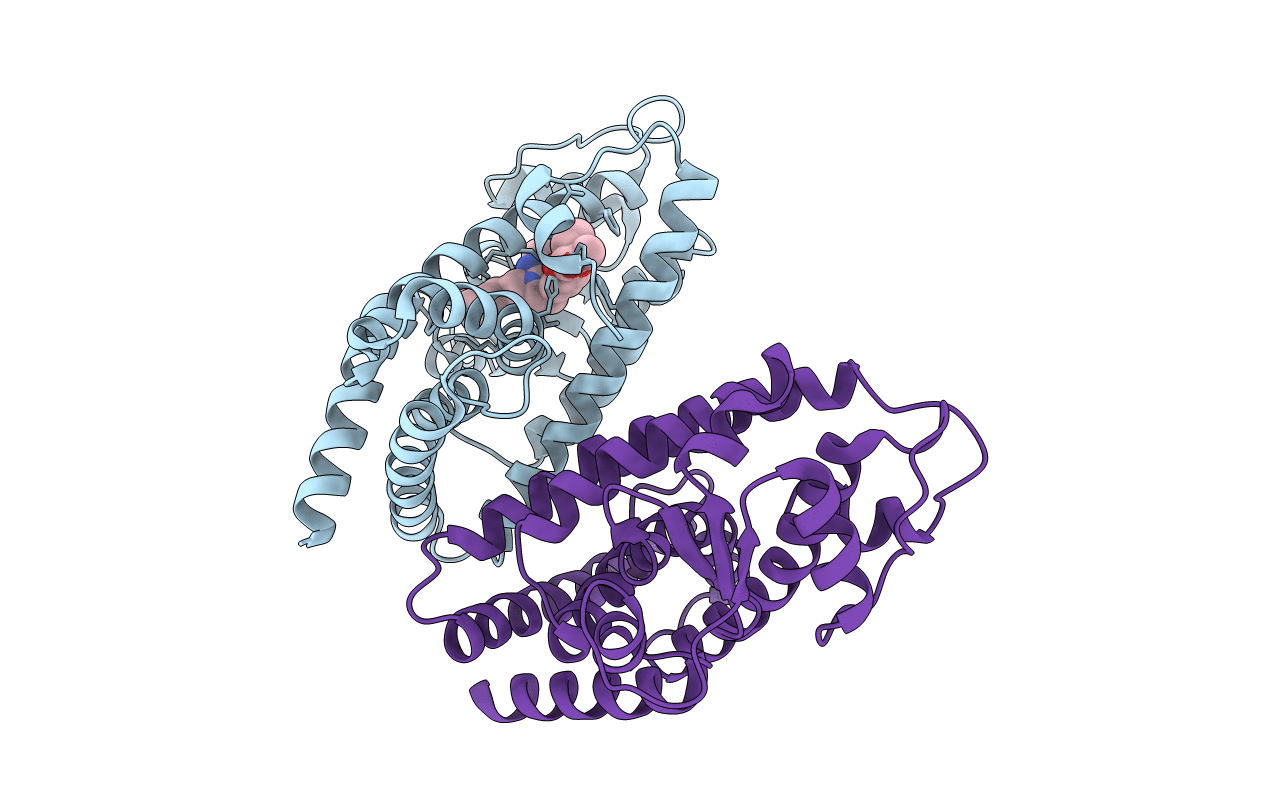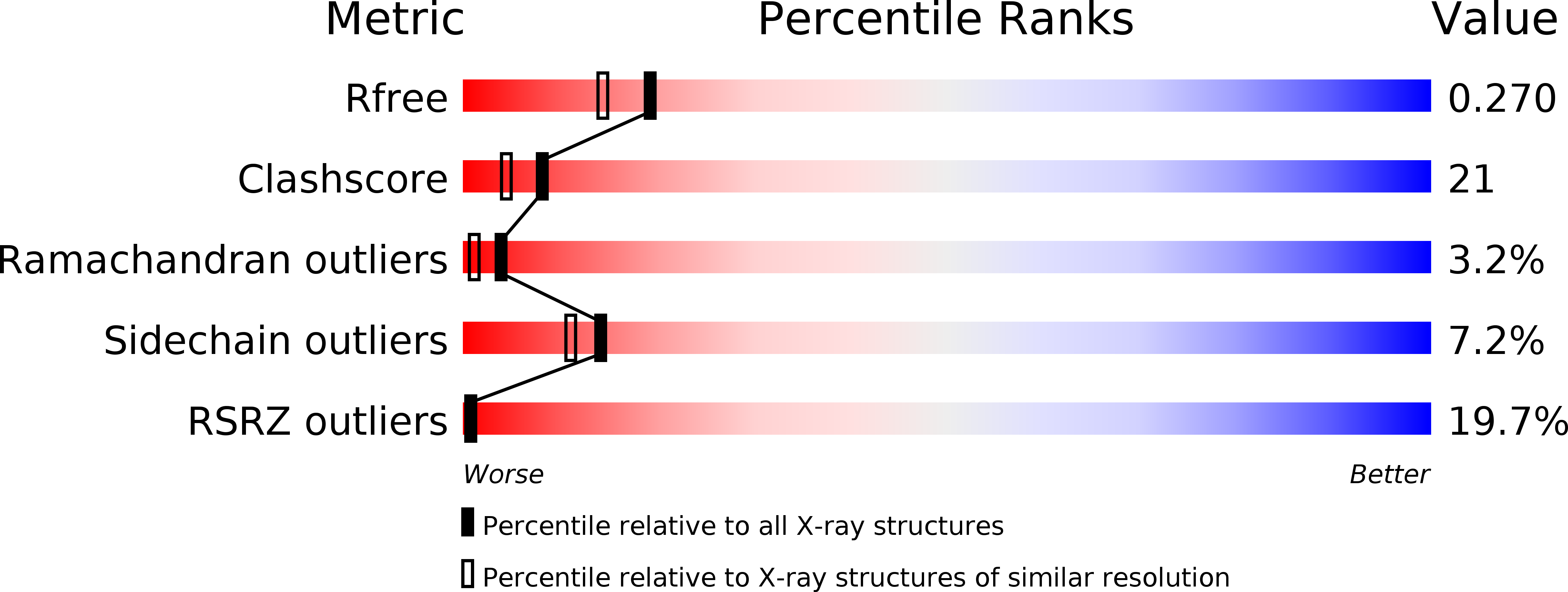
Deposition Date
2006-08-22
Release Date
2007-04-17
Last Version Date
2024-02-21
Entry Detail
PDB ID:
2I4P
Keywords:
Title:
Crystal structure of the complex between PPARgamma and the partial agonist LT127 (ureidofibrate derivative). Structure obtained from crystals of the apo-form soaked for 30 days.
Biological Source:
Source Organism:
Homo sapiens (Taxon ID: 9606)
Host Organism:
Method Details:
Experimental Method:
Resolution:
2.10 Å
R-Value Free:
0.29
R-Value Work:
0.27
R-Value Observed:
0.27
Space Group:
C 1 2 1


